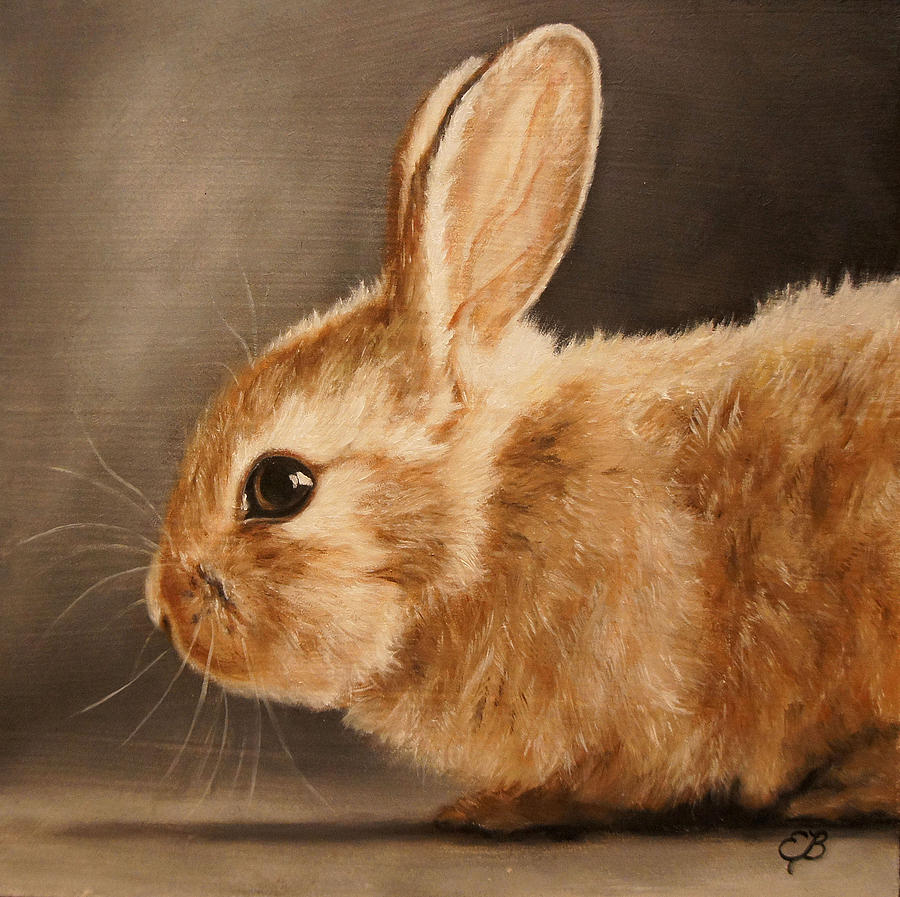
Introduction
When it comes to capturing cuteness on canvas, nothing quite compares to bunny painting. These adorable creatures have become a popular subject in the art world, and for good reason. In this article, we will explore the fascinating world of bunny painting and discover why it has gained such immense popularity.
The Appeal of Bunny Painting
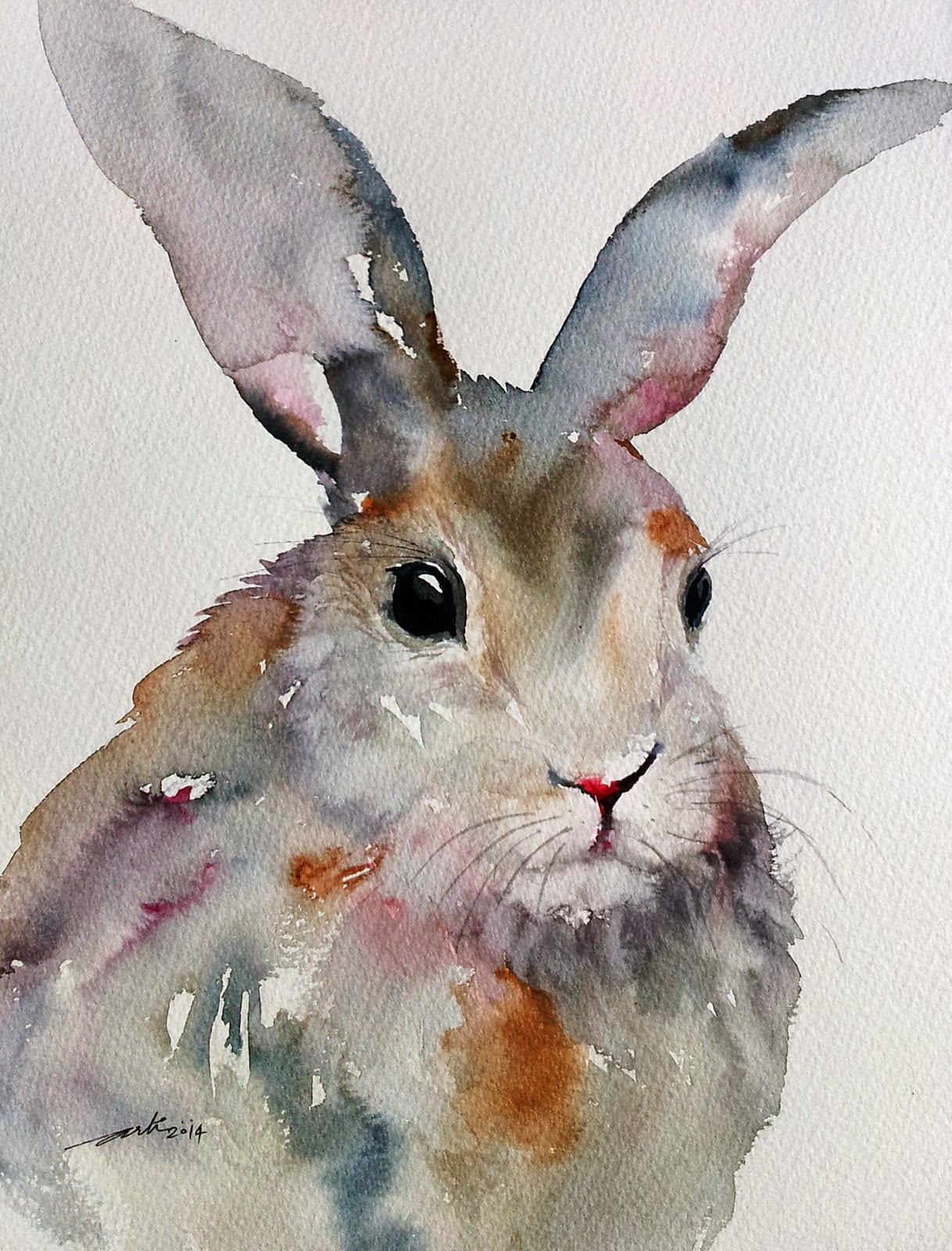
Bunny painting offers a unique blend of charm and innocence that is hard to resist. The soft fur, twitching noses, and long ears make these animals incredibly endearing. Artists are drawn to their captivating features and attempt to capture their essence on canvas, resulting in stunning and heartwarming artworks.
A Brief History of Bunny Painting
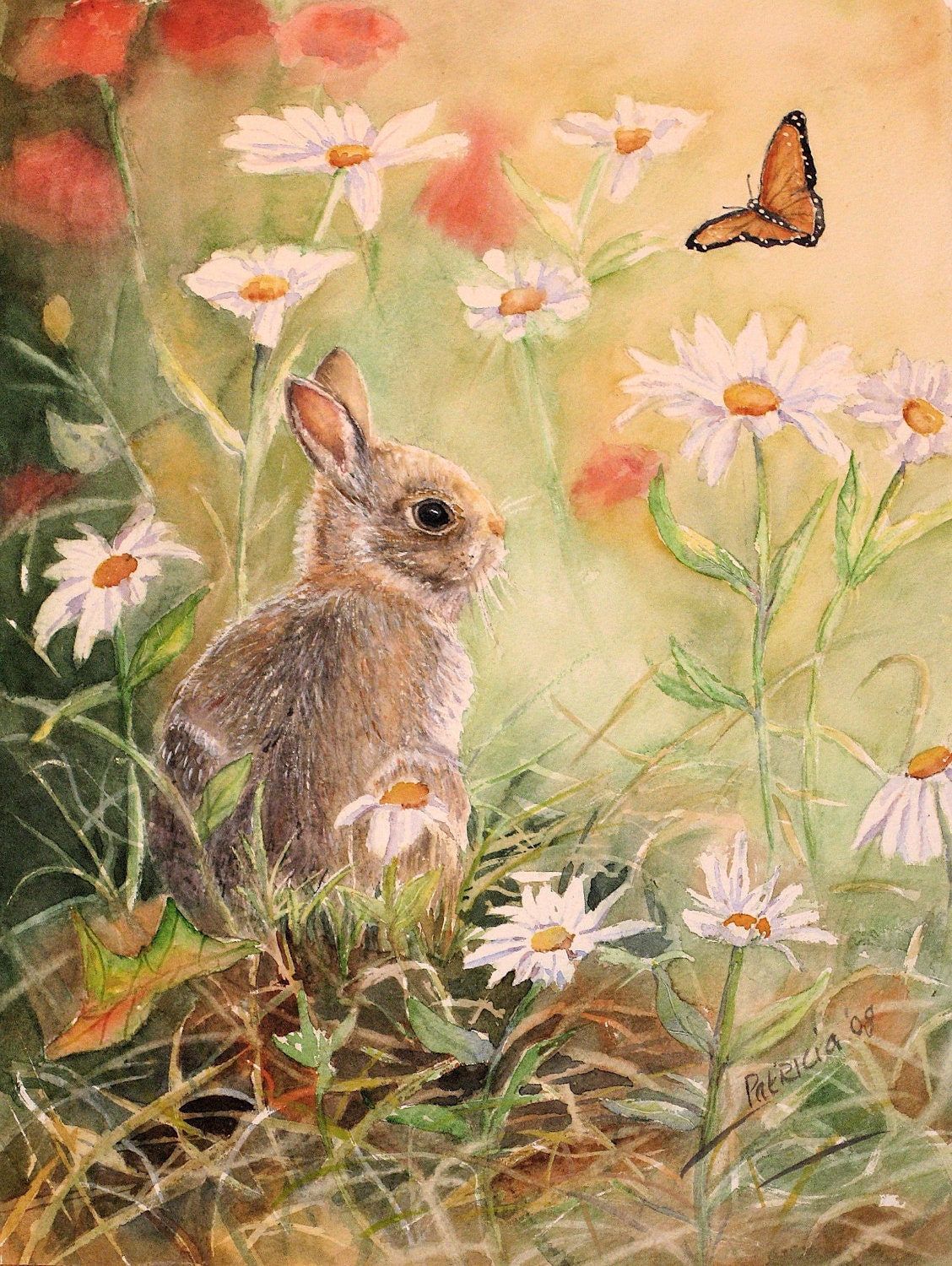
Bunny painting finds its roots in the rich history of animal art. From ancient cave paintings to Renaissance masterpieces, animals have always been a popular subject for artists. Bunnies, with their playful and curious nature, have been depicted in various art forms throughout time. However, it was during the Victorian era that the popularity of bunny painting soared, with the rise of pet rabbits as companions.
The Symbolism Behind Bunny Painting
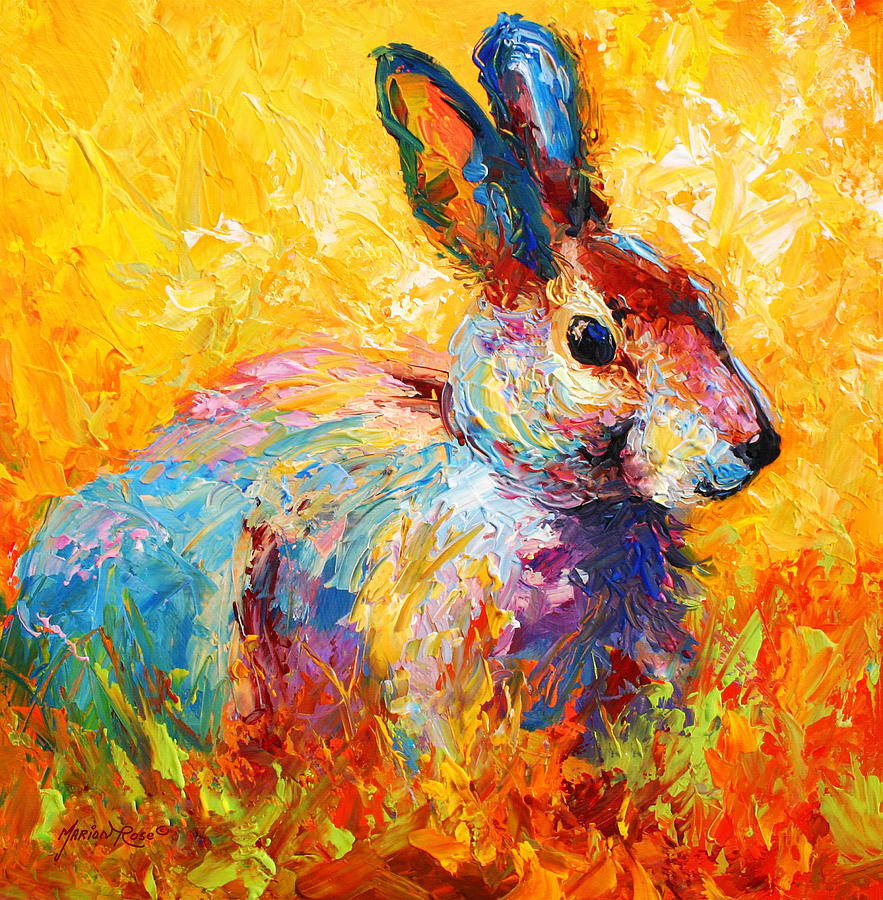
Bunny painting holds symbolic meaning in different cultures. In many societies, bunnies represent fertility, rebirth, and new beginnings. Their association with Easter further adds to their symbolic significance. Artists often incorporate these symbolic elements into their paintings, creating pieces that evoke emotions and tell stories beyond their adorable appearance.
Styles and Techniques in Bunny Painting

Bunny painting encompasses a wide range of styles and techniques, allowing artists to express their creativity and individuality. Some artists prefer realistic portrayals, capturing every intricate detail of the bunny's features. Others opt for impressionistic or abstract approaches, using bold brushstrokes and vibrant colors to convey the essence of these playful creatures.
The Role of Colors in Bunny Painting
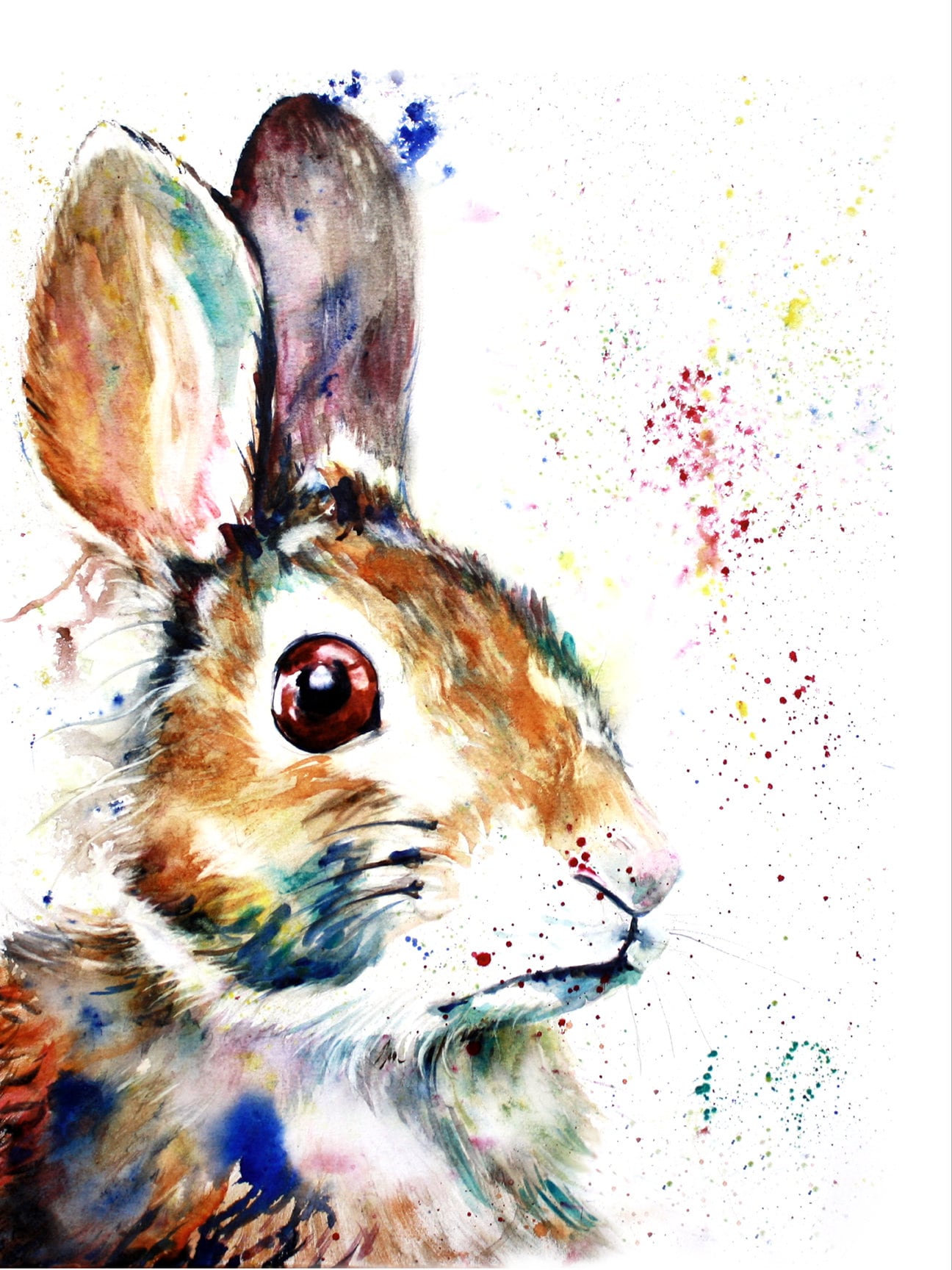
Colors play a crucial role in bunny painting, as they help evoke different emotions and set the mood of the artwork. Soft pastel hues are commonly used to enhance the delicate and gentle nature of bunnies. Artists often experiment with various color palettes, from warm and earthy tones to cool and calming shades, to create visually captivating and emotionally engaging paintings.
Famous Bunny Paintings
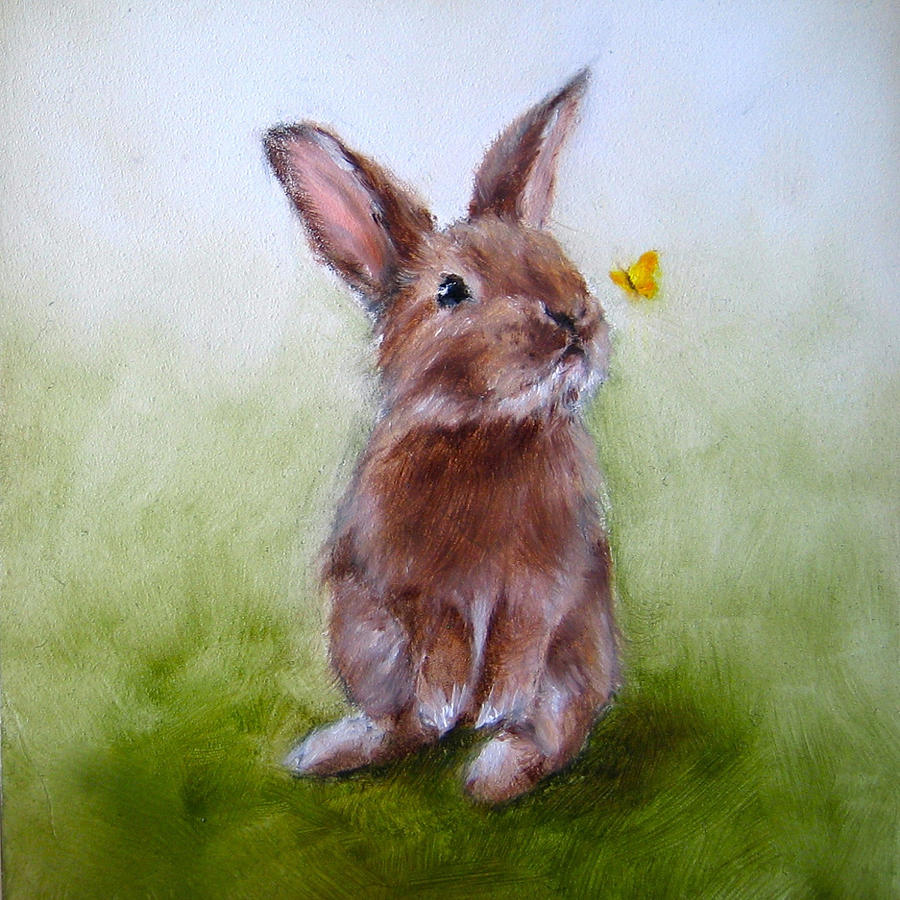
Throughout art history, several renowned artists have immortalized bunnies through their masterpieces. One such example is Albrecht D??rer's "Young Hare," a watercolor painting that showcases incredible attention to detail and realism. Other notable bunny paintings include John James Audubon's "The Snowshoe Hare" and Beatrix Potter's charming illustrations in "The Tale of Peter Rabbit."
Bunny Painting as Decor

Bunny paintings make fantastic additions to home decor, adding a touch of whimsy and warmth to any space. Whether displayed in nurseries, living rooms, or art galleries, these artworks bring joy and a sense of tranquility. They also make thoughtful gifts for animal lovers, art enthusiasts, and anyone who appreciates the beauty of bunnies.
Embracing Bunny Painting

Whether you are an artist looking for inspiration or an art lover seeking to appreciate the beauty of bunny paintings, this captivating art form is worth exploring. Bunny painting allows us to celebrate the innocence and charm of these adorable creatures while adding a touch of whimsy and joy to our lives.